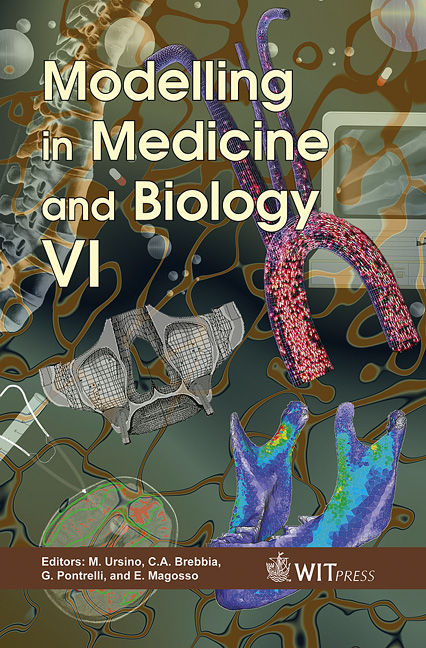A Vision Based Reverse Engineering Approach To Surface Digitizing In Restorative Dentistry
Price
Free (open access)
Transaction
Volume
8
Pages
10
Published
2005
Size
1041 kb
Paper DOI
10.2495/BIO050491
Copyright
WIT Press
Author(s)
K. Alemzadeh & L. Zhang
Abstract
Computer Aided Design and Manufacture (CAD/CAM), and Reverse Engineering (RE) are employed to machine and enhance the fitting accuracy of ceramic inlays. A vision system (VS) based Reverse Engineering approach is currently being developed for surface digitizing where two dimensional (2-D) images of the teeth from CCD cameras are used to create three dimensional (3- D) CAD model. This approach involves using shape recovery from a series of profile images of teeth. A camera calibration technique is used to minimize the image distortion caused by lenses. Assuming the teeth have no regional concaved surface (e.g. incisors), the slicing algorithm, derived from occluding boundaries technique, attempts to generate surface point data (point cloud) from the profile images. Disparity maps of various teeth between this VS and Renishaw plc.’s dental Triclone system has been carried out to evaluate the accuracy of the VS. Keywords: vision system, slicing method, surface reconstruction, restorative dentistry. 1 Introduction Reverse Engineering (RE) is an advanced reverse design technique to create 3-D free form surfaces from an existing physical model using laser or contact probe as a surface digitizer [1]. RE is used as a powerful tool for initial conceptual and aesthetic design, product prototyping, performance testing, and model modification needed for obtaining an optimal product design [2]. A vision system uses an optical scanning method similar to laser probe but it is safer.
Keywords
vision system, slicing method, surface reconstruction, restorativedentistry.





